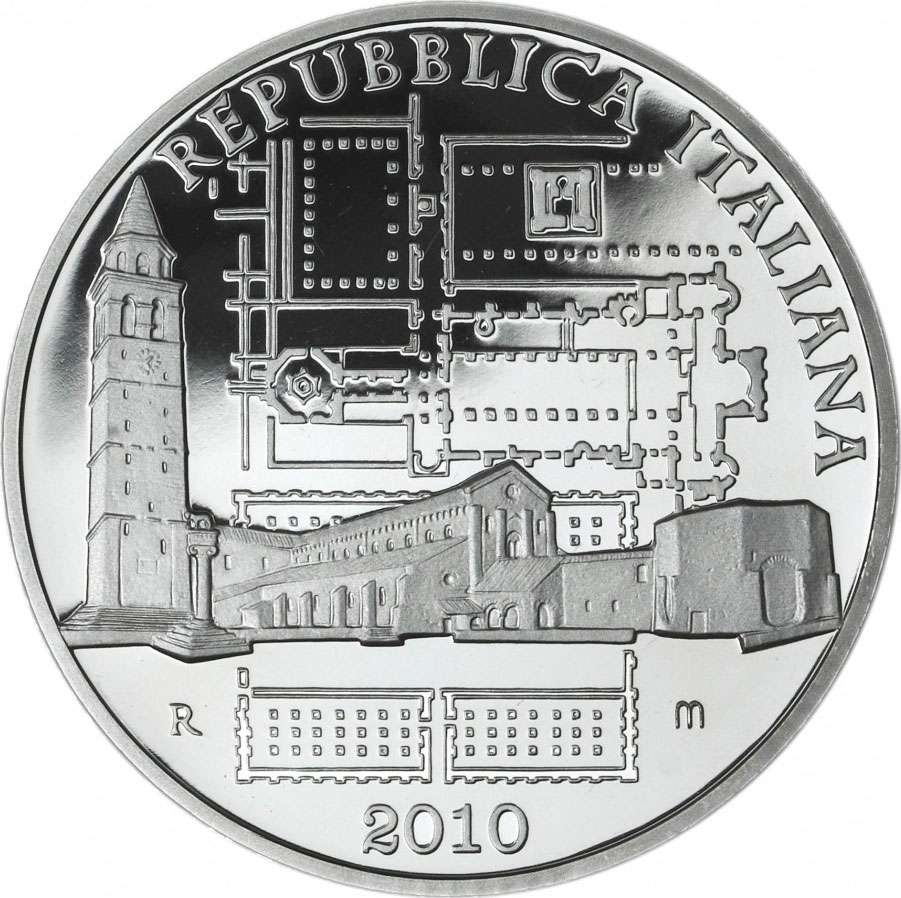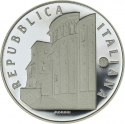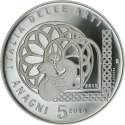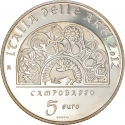You are about to finish your registration. Please check your mailbox (including spam folder). There should be a letter with a confirmation link. Check setting to make sure that your e-mail address is correct.
Send letter againDescription
Aquileia is a town in the Italian region of Friuli-Venezia Giulia. The city is located on the Natissa River in modern-day Friuli (northern Italy ), about ten kilometers from the Grado Lagoon on the Gulf of Trieste. It was a strategically and economically important city of the Roman Empire. Remains of the Roman city can be visited in the outdoor area and in two museums, but most of them have not yet been spotted archaeologically (as of 2017). The medieval basilica of Aquileia contains the most important early Christian floor mosaic in Italy, dated to the early 4th century.
The collector coin is part of the Europa Coin Programme, also known as the European Silver Programme, or the Eurostar Programme. It is an initiative dedicated to the issuance of collector-oriented legal tender coins in precious metals to celebrate European identity. The issuing authorities of EU member countries voluntarily contribute coins to the Europa Coin Programme. Multiple countries have participated in the programme, beginning in 2004. Some coins are denominated in euro, others are denominated in other currencies.
Artist: Roberto Mauri
Obverse

|
Planimetry of the restoration works carried out on the monumental complex of Aquileia with a perspective view of the Basilica di Santa Maria Assunta. Below the year of issue “2010”; on the left the mintmark “R” and on the right the initials of the designer Roberto Mauri “m”; above the arch-shaped inscription “REPUBBLICA ITALIANA”. REPUBBLICA ITALIANA |
|---|---|
Reverse

|
Depicts a part of the Tabula Peutingeriana (a map showing the road network of the Roman Empire) with the city of Aquileia clearly shown. In the Adriatic sea is the value and the Eurostar logo (the special mark used on coins to indicate participation in the Europa Coin Programme), above the arch-shaped inscription "Italy of Arts". |
| Edge |
10 Euro
Italy of Arts
Aquileia
Subscribe series
KM# 334
Italy of Arts
Aquileia







